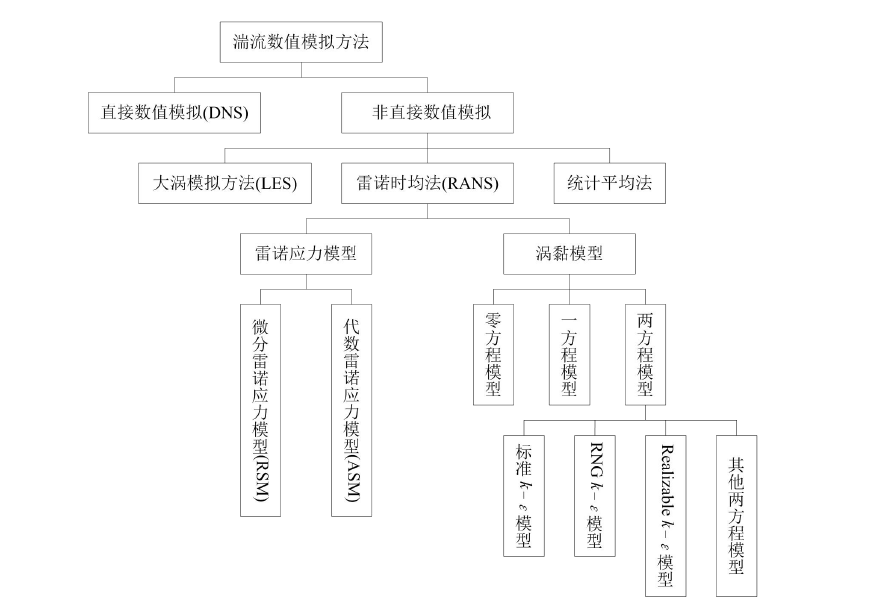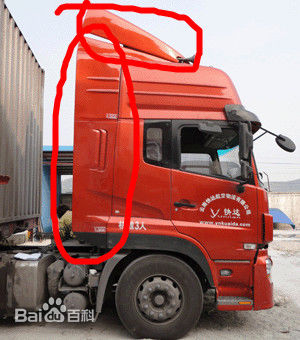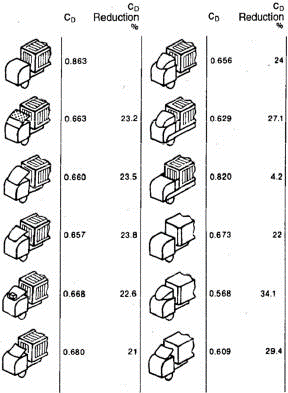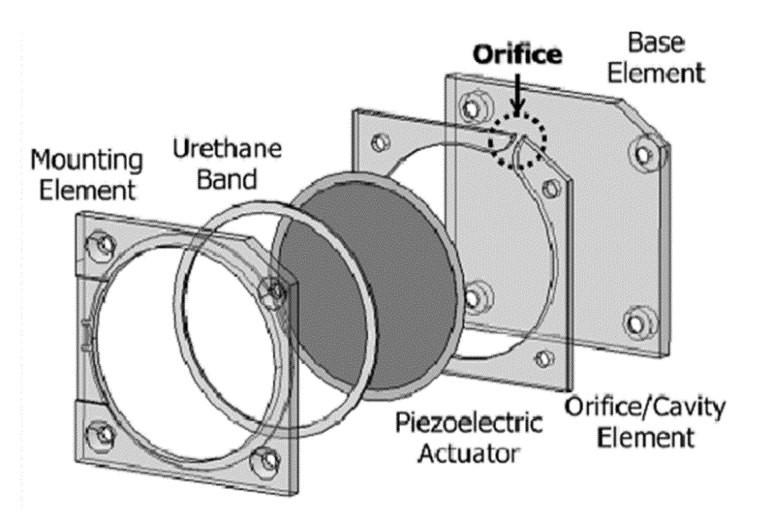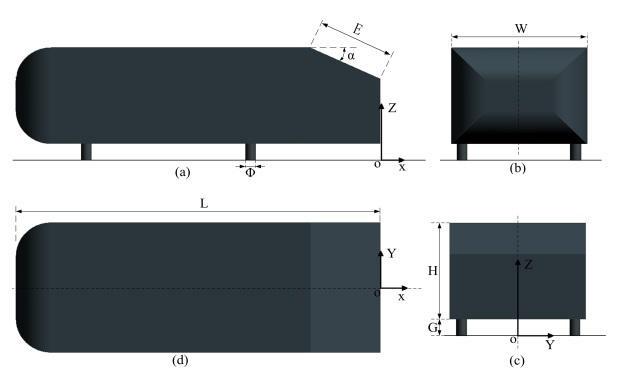基于主动流动控制技术的汽车气动减阻研究毕业论文
2020-02-17 10:54:51
Abstract
In recent years, with the rapid development of China's automobile industry, the improvement of road conditions, the number of car ownership has increased year by year, and the problems of energy shortage and environmental pollution have become increasingly prominent. The state has continuously released new mandatory fuel consumption standards for automobiles, which has promoted research on automotive aerodynamic drag reduction. One of the main components of the car's aerodynamic drag is the differential pressure resistance generated by the airflow separation at the rear of the car. Therefore, using appropriate wake control measures can reduce the aerodynamic drag of the vehicle.
This paper mainly studies the application of active jet control technology in vehicle aerodynamic drag reduction. Firstly, the paper introduced the related research status of active control aerodynamic drag reduction technology at home and abroad. Then, based on the previous research, the jet drag reduction of the car body Ahmed model is studied. Through the simulation research on the Ahmed model without the drag reducing device, the simulation accuracy is studied, and the reasonable mesh number is selected as the meshing scheme for the subsequent aerodynamic drag reduction optimization. Finally, through the control variables, the research on the drag reduction effect of the jet generator is arranged. It is found that when the S1 position is set to a circular jet hole, the jet hole is separated from the upper surface by 3 mm, the jet velocity is 12 m/s, and the jet angle is vertical. The tail slope (i.e., 65 degrees from the horizontal direction) reaches a maximum drag reduction rate of 4.3%.
After the simulation is completed and the optimized drag reduction method is determined, the wind tunnel experimental scheme in the later stage of the model is preliminarily designed. The air compressor is used as the air source, and the jet velocity and angle are controlled by designing jet nozzles of different structures.
Key words: Ahmed model, numerical simulation, simulation accuracy, flow field characteristics, steering stability
Contents
Chapter 1 Introduction 1
1.1 Research Significance 1
1.2 Research Status at Home and Abroad 2
1.3 Introduction to Numerical Simulation Research Methods of Computational Fluid Dynamics 5
1.4 The Summary 6
Chapter 2 Research on basic theory of automotive aerodynamics and numerical simulation and flow control 7
2.1 The basic theory of automotive aerodynamics 7
2.2 The basic theory of numerical simulation 10
2.3 Application of Flow Control in Pneumatic Drag Reduction 15
2.4 The summary 22
Chapter3 The numerical simulation of external flow field based on Ahmed model 23
3.1 Ahmed model introduction 23
3.2 Numerical simulation of external flow field 26
3.3 Simulation results accuracy analysis 29
3.4 The summary 32
Chapter 4 Simulation analysis of Ahmed model by using active jet control 33
4.1 Introduction on the wake structure of Ahmed model 33
4.2 The active flow control aerodynamic drag reduction simulation strategy for 25。Ahmed model 36
4.3 The analysis of Simulation Results of Drag Reduction Conditions in Individual Positions 39
4.4 Post-processing analysis of optimized drag reduction 45
4.4 The summary 49
Chapter 5 Wind Tunnel Test Plan 50
5.1 Wind Tunnel Test Overview 50
5.2 Jet Exciter System Design 56
5.3 The summary 61
Chapter 6 Summary and Outlook 62
6.1 Research Summary 62
6.2 Research Outlook 64
Acknowledgement 65
Reference 66
Chapter 1 Introduction
1.1 Research Significance
In recent years, the automotive industry has always been a leading industry that supports China’s rapid economic growth. With the rapid development of China’s automotive industry, car ownership is increasing year by year. According to incomplete statistics, by 2020, China’s car ownership will exceed 270 million vehicles [1]. Whereby the problems of energy shortage and environmental pollution will become more and more serious. The state has continuously issued new mandatory fuel consumption standards for automobiles to improve the fuel economy. Automotive aerodynamics is one of the most important characteristics of a car, which directly affects the car's power, fuel economy, handling stability, comfort, and safety [2]. As shown in the research, every 10% reduction in the aerodynamic drag on a vehicle means a fuel consumption saving of approximately 5% [3]. Figure 1.1 shows the test results of different Cd values of the Audi 100 acquired by changing the shape of the body [4]. Under a mixed circulation condition, when the aerodynamic drag coefficient Cd value is reduced from 0.42 to 0.30, the fuel economy improves by 9%, while when the vehicle driving at a constant speed 150km/h, the fuel economy improves by 25%. Therefore, it’s of great practical significance to realize energy conversation and emission reduction through studying the aerodynamic performance of the vehicle [5].
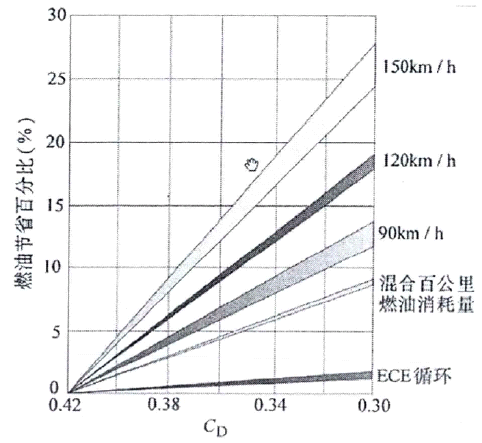
Fig.1.1 The relation between the fuel economy and the Cd value
Aerodynamic drag is divided into internal resistance and external resistance. The external resistance consists of differential pressure resistance and viscous resistance. The differential pressure resistance is caused by the flow separation phenomenon on the surface of the vehicle body, resulting in a pressure difference between the front and rear surfaces of the vehicle body, and the rear separation area is the main separation area of the flow field around the vehicle body [6]. Therefore, it’s feasible to reduce the aerodynamic drag of the vehicle by using appropriate flow control measures.
Flow control has become increasingly prominent in the aerodynamic control of spacecraft instrumentation, and it is also at the forefront of fluid mechanics research [7]. There are mainly two categories: active control and passive control. Passive control achieves the purpose of flow control by changing flow boundary conditions, pressure gradients, etc. Its structure is simple and the control method is determined in advance, such as shroud, spoiler and so on. It is common in practice, but its performance under variable working conditions is poor, and it cannot be adjusted according to the change of the mainstream working conditions. The active control introduces auxiliary energy into the flow. It has good performance for variable working conditions and can change its structure or flow parameters according to the change of working conditions where it then can achieve the optimal control [8].
1.2 Research Status at Home and Abroad
At the beginning stage of automobile development, due to the simple structure and low speed, the engineers hardly ever considered the aerodynamic problems in the design. However, with the increase of vehicle speed, the aerodynamic characteristics of the vehicle have an increasingly prominent impact on the dynamic performance, handling performance, fuel economy, ride comfort and safety of the vehicle. Furthermore, a lot of focuses have been put on the aerodynamic drag reduction optimization of the vehicle.
There are mainly three research methods for the research of the aerodynamic performance of the vehicle; road test, wind tunnel test, and numerical simulation. The road test can only be carried out after the prototype car is produced, so the road test is only a means of the late stage of automotive aerodynamics research. The traditional wind tunnel test method is of high development cost. In general, it is only used in the experimental verification stage. Under the background of the rapid development of computer technology, computational fluid dynamics method is more widely used in automotive aerodynamics research. And for research convenience and computational cost reduce, scale models are generally adopted in the research stage, and then the research results are applied to the real vehicle [9]. This paper is also based on this method to carry out the research. The following is a brief introduction of aerodynamic drag reduction research status at home and abroad.
1.2.1 Foreign research status
In the 1970s, under the influence of the energy crisis, people realized the importance of automotive aerodynamics and actively developed automotive air drag reduction technology.
以上是毕业论文大纲或资料介绍,该课题完整毕业论文、开题报告、任务书、程序设计、图纸设计等资料请添加微信获取,微信号:bysjorg。
相关图片展示:
